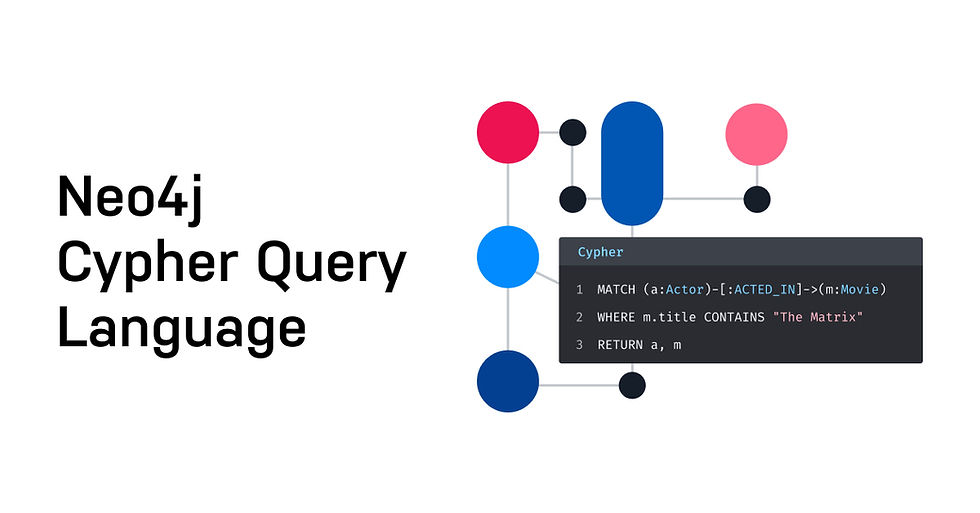
In this blog post, we will explore how to detect communities within a graph using the Louvain algorithm in Neo4j. Community detection is a crucial aspect of graph analytics, helping us understand the structure and organization of large networks. The Louvain algorithm is particularly effective for this purpose as it maximizes modularity to uncover communities. Let's walk through the process step by step.
Step 1: Understanding the Louvain Algorithm
The Louvain algorithm is designed to detect communities in large networks by maximizing a measure known as modularity. Modularity is a value that quantifies the density of links inside communities compared to links between communities. Higher modularity indicates a stronger community structure.
Step 2: Preparing the Graph
Before we can apply the Louvain algorithm, ensure that you have a projected graph named routes in your Neo4j environment. If you haven't done this yet, refer to the previous steps on projecting a graph using the Graph Data Science (GDS) library.
Step 3: Running the Louvain Algorithm
Now, let's run the Louvain algorithm on our projected graph to detect communities. Here’s the query we'll use:
CALL gds.louvain.stream('routes')
YIELD nodeId, communityId
WITH gds.util.asNode(nodeId) AS n, communityId
RETURN
communityId,
SIZE(COLLECT(n)) AS numberOfAirports,
COLLECT(DISTINCT n.city) AS cities
ORDER BY numberOfAirports DESC, communityId;Breaking Down the Query
Calling the Louvain Stream Procedure:
CALL gds.louvain.stream('routes')
YIELD nodeId, communityIdThis line calls the Louvain algorithm on the routes graph.
YIELD nodeId, communityId: Returns the internal ID of each node and the ID of the community to which each node belongs.
2. Processing the Results with WITH Clause:
WITH gds.util.asNode(nodeId) AS n, communityIdThis line processes the results by converting the node ID to a node reference.
gds.util.asNode(nodeId) AS n: Converts the internal node ID to a node reference and aliases it as n.
Retains the communityId for each node.
3. Returning the Desired Information:
RETURN
communityId,
SIZE(COLLECT(n)) AS numberOfAirports,
COLLECT(DISTINCT n.city) AS cities
ORDER BY numberOfAirports DESC, communityId;communityId: The ID of the community.
numberOfAirports: The number of airports in each community. This is calculated using the SIZE(COLLECT(n)) function, which gathers all nodes in the same community and counts them.
cities: The distinct cities in each community. The COLLECT(DISTINCT n.city) function gathers all cities for the nodes in the same community and ensures each city is listed only once.
ORDER BY numberOfAirports DESC, communityId: Sorts the results by the number of airports in descending order to list the largest communities first. It then sorts by community ID to ensure a consistent order for communities with the same number of airports.
Query Explanation
This query helps us identify and analyze the communities within our graph by showing which airports and cities are grouped together based on the Louvain algorithm. The results will provide insights into the structure of the network, highlighting densely connected clusters of airports and their associated cities.
Step 4: Analyzing the Results
Once you run the query, you will receive a list of communities along with the number of airports and distinct cities in each community. The results will help you understand how airports are grouped based on their connectivity and geographical locations. The largest communities will be listed first, providing a clear view of the most significant clusters in your network.
Conclusion
Community detection using the Louvain algorithm is a powerful tool for understanding the structure of large networks. By following the steps outlined above, you can easily detect and analyze communities within your graph data using Neo4j's Graph Data Science library. This analysis can reveal important insights into how nodes are interconnected, enabling you to make informed decisions based on the community structure of your network.
Comments